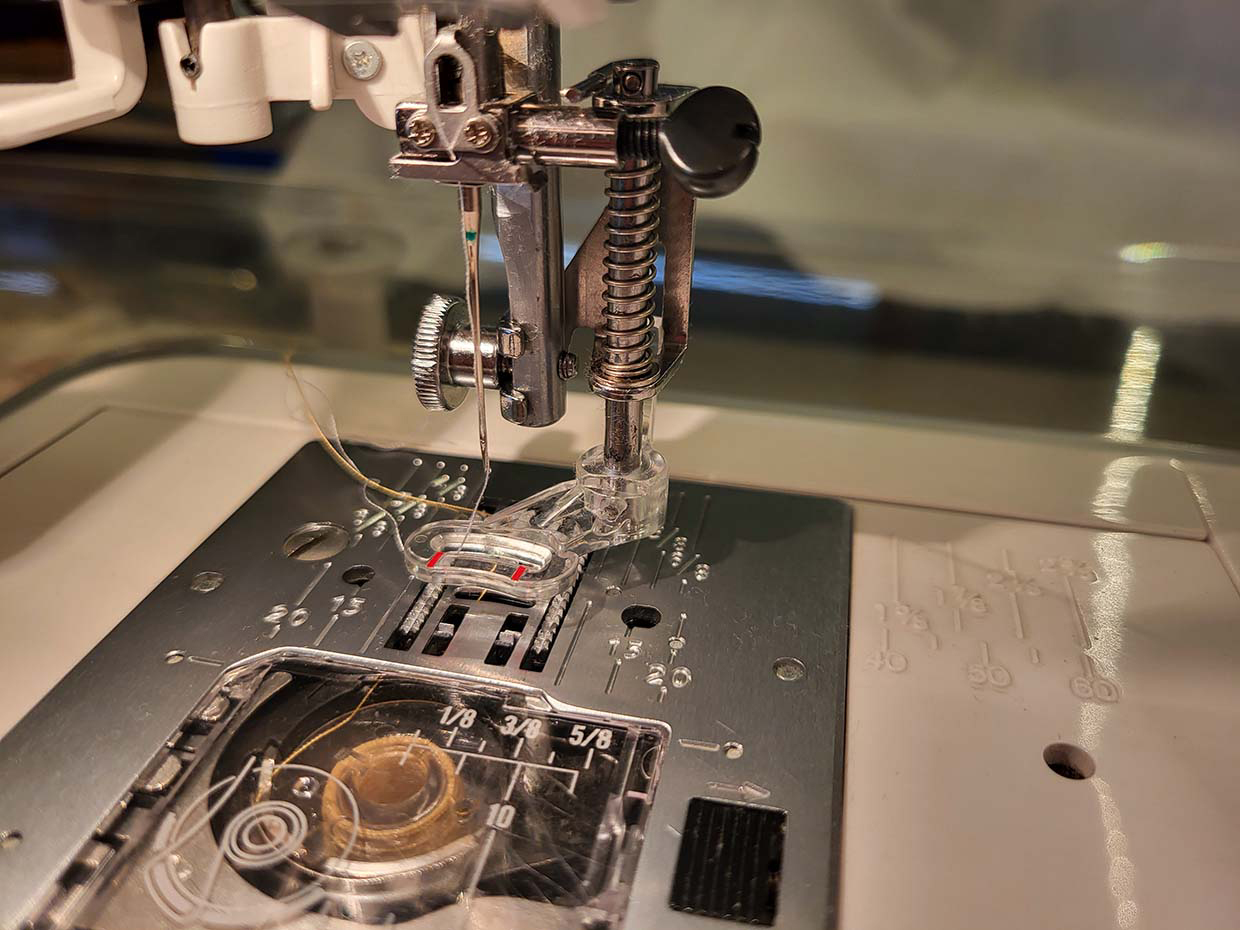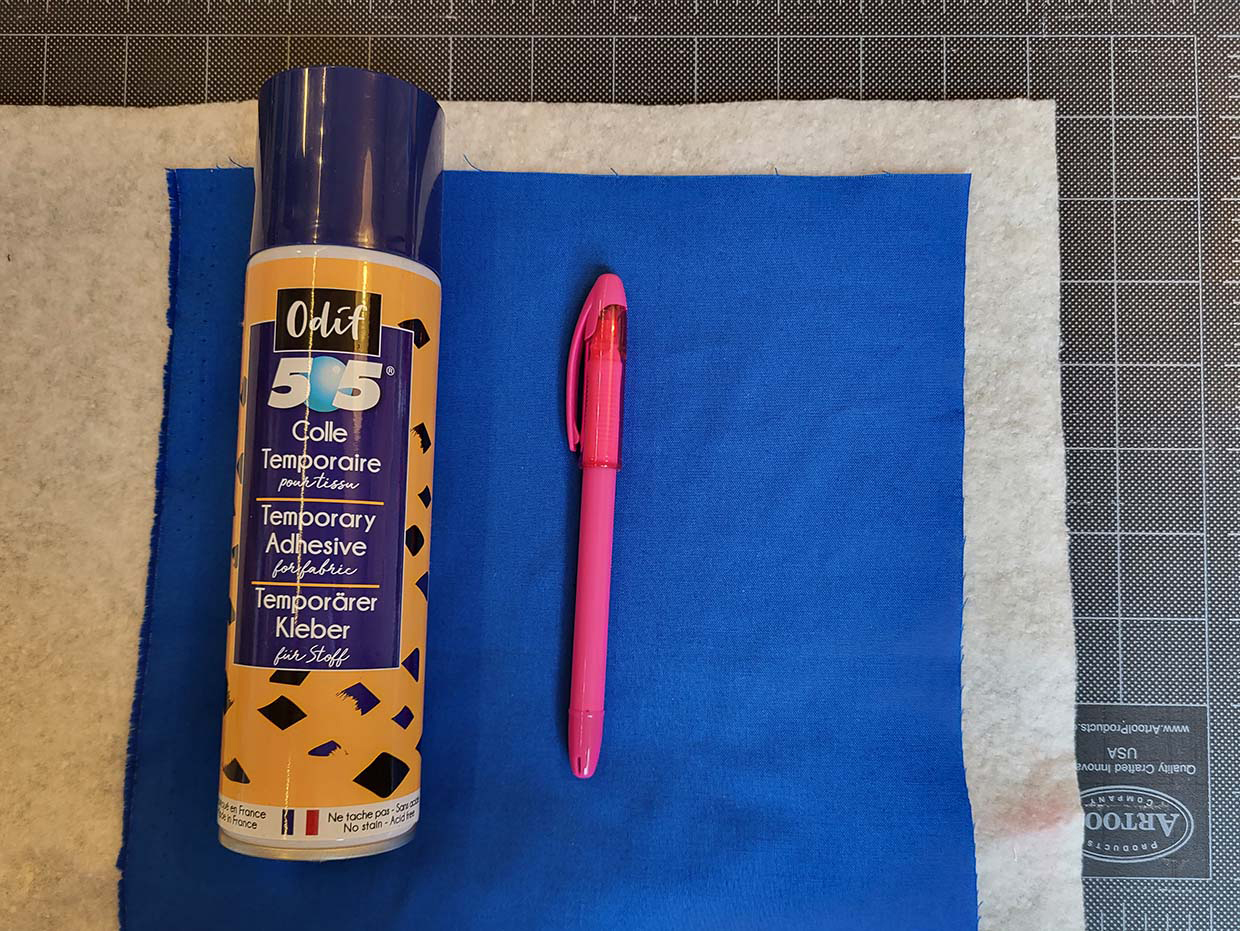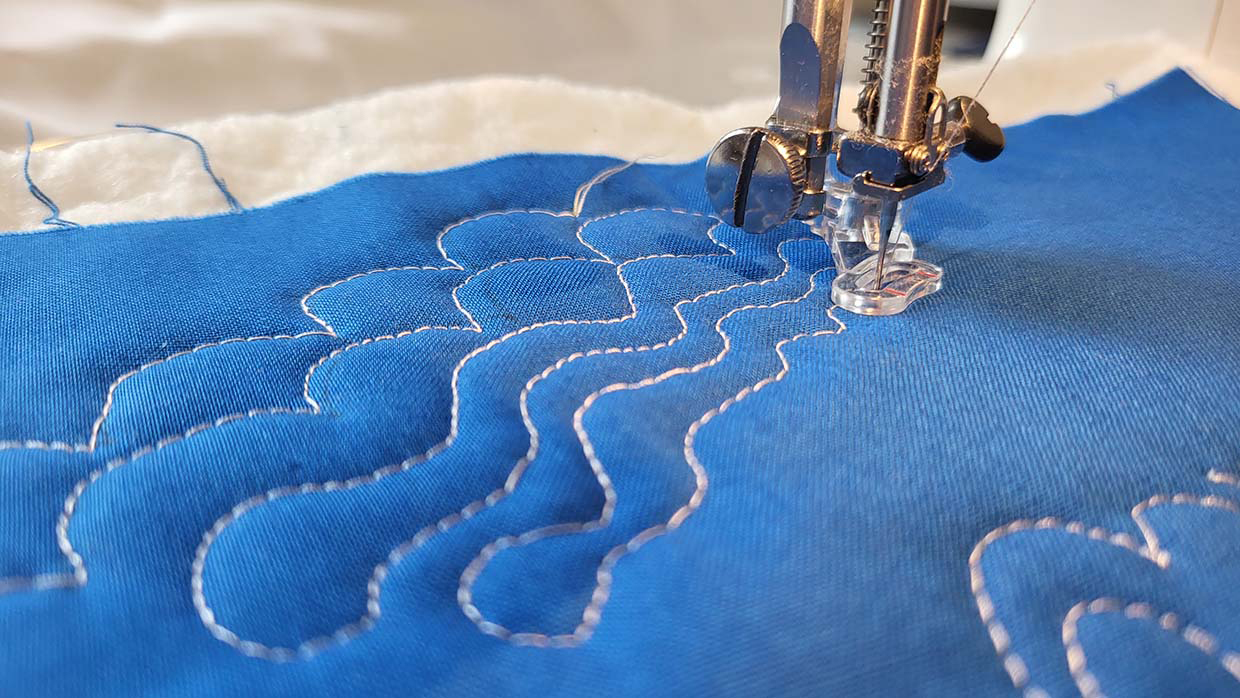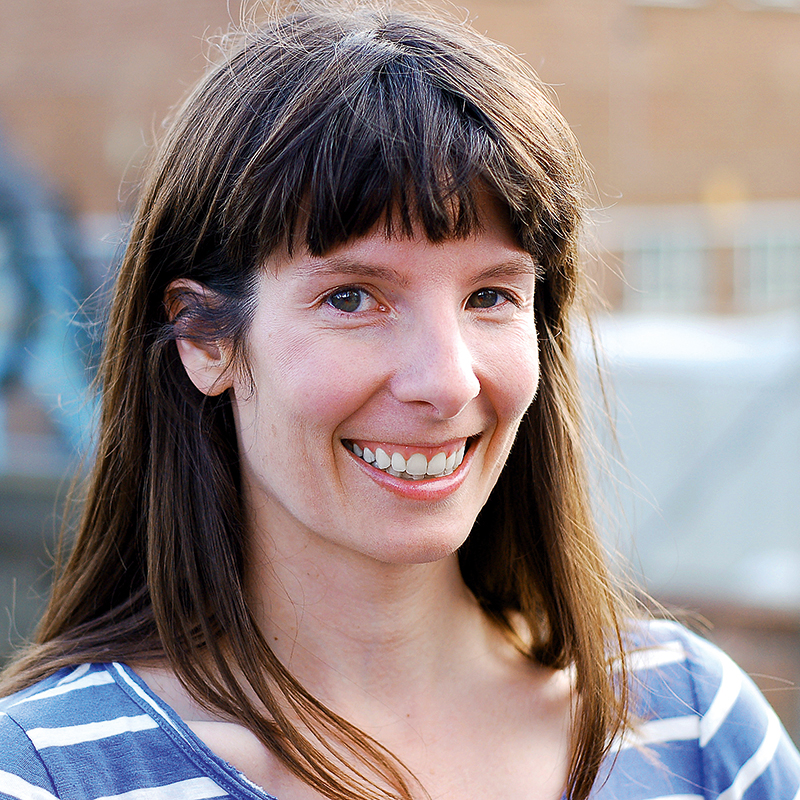Free motion quilting is an easy technique to get started with, once you have your sewing machine set up correctly. Sometimes all the options for sewing machine feet can make this technique seem complicated.
We’ve got all the info you need to make the right choice. With a few simple tips and tricks, we’ll help set you and your machine humming away, adding some pizazz to your next free motion project.
What is a free motion quilting foot?
A free motion quilting foot allows projects to be moved freely beneath the machine needle, without use of the machine’s feed dogs. This gives the machine stitches a more organic, drawn quality.
What quilting foot should you use for free motion quilting?
There are a variety of machine feet you can use for free motion quilting. Many sewing machines will come with a darning foot, which is a great place to start working on this technique without additional investment.
If you’re looking to purchase a sewing machine which is suitable for free motion quilting make sure you check out our round-up of the best free motion quilting machines. You can also read our complete guide to the best sewing machines for everything you need to know before you purchase!
If you don’t already have a darning foot, or are looking to invest as you progress your skills, then you should consider purchasing a specialised free motion quilting foot.
The two main types are: the hopping foot, which is used for either free-hand design or designs marked directly onto your quilt; and the ruler foot, which is for quilting designs using specialist rulers.
The other main consideration is what kind of ‘toe’ the free motion foot has. The toe is the small circle at the bottom that the needle goes through.
A ruler foot will always be closed toe, which means it is a complete circle. A hopping foot can have either a closed or open toe.
The closed toe protects your fingers from the needle (and from the edges of the ruler when using the ruler foot). It also allows you to see the exact area where the needle will go down into the quilt.
An open toe gives more visibility to the project as a whole, so you can easily see where your quilting lines are going across the project.
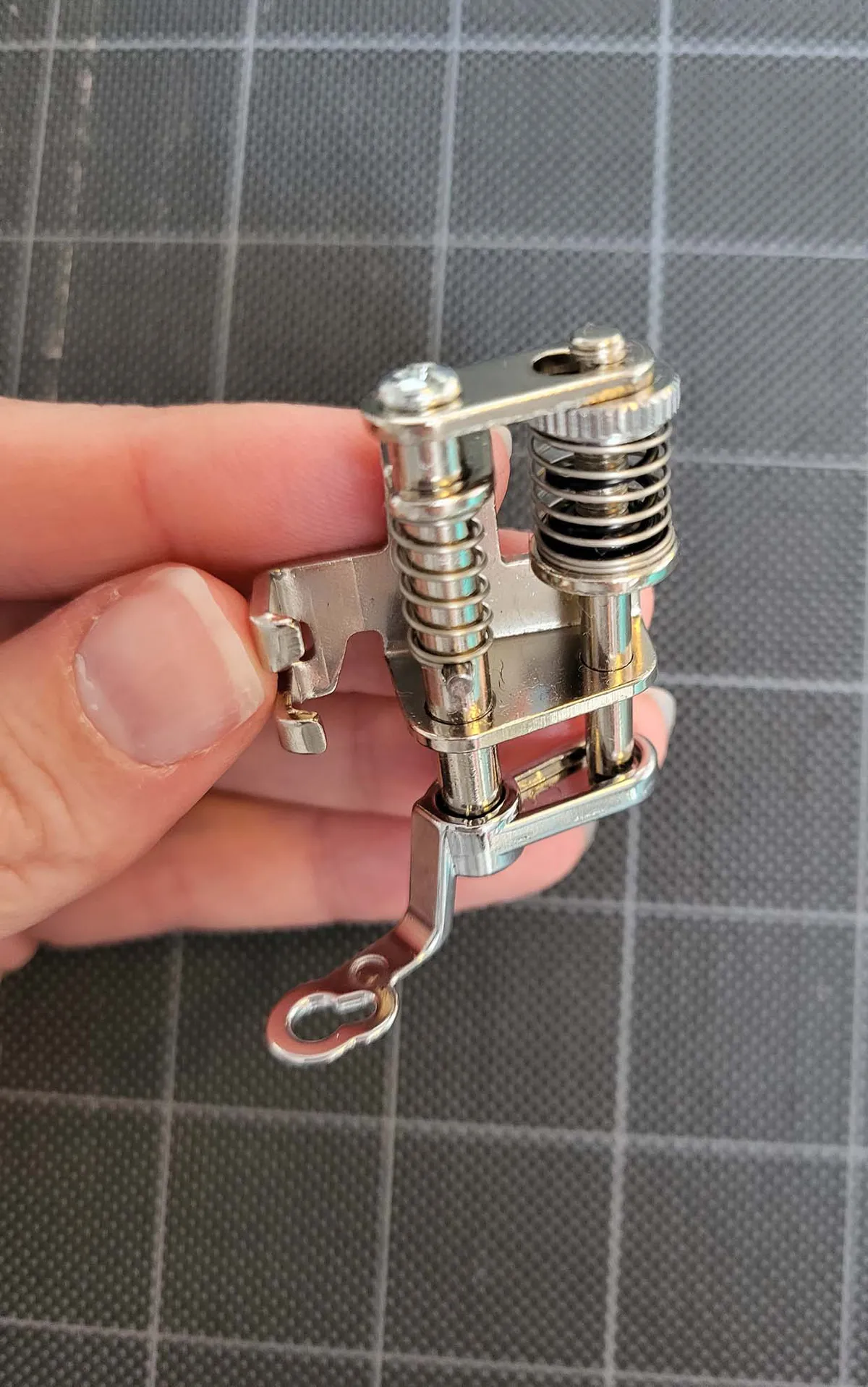
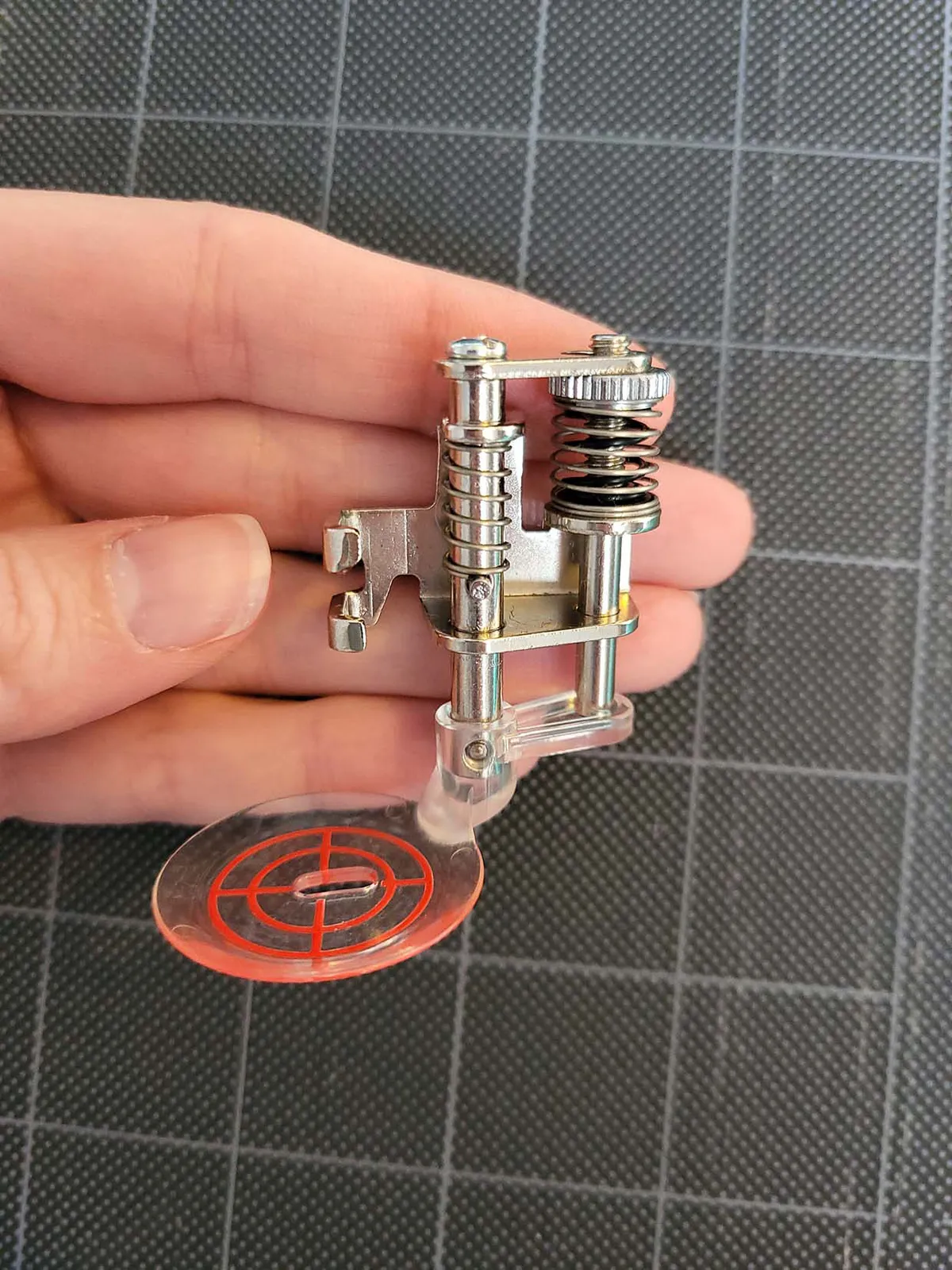
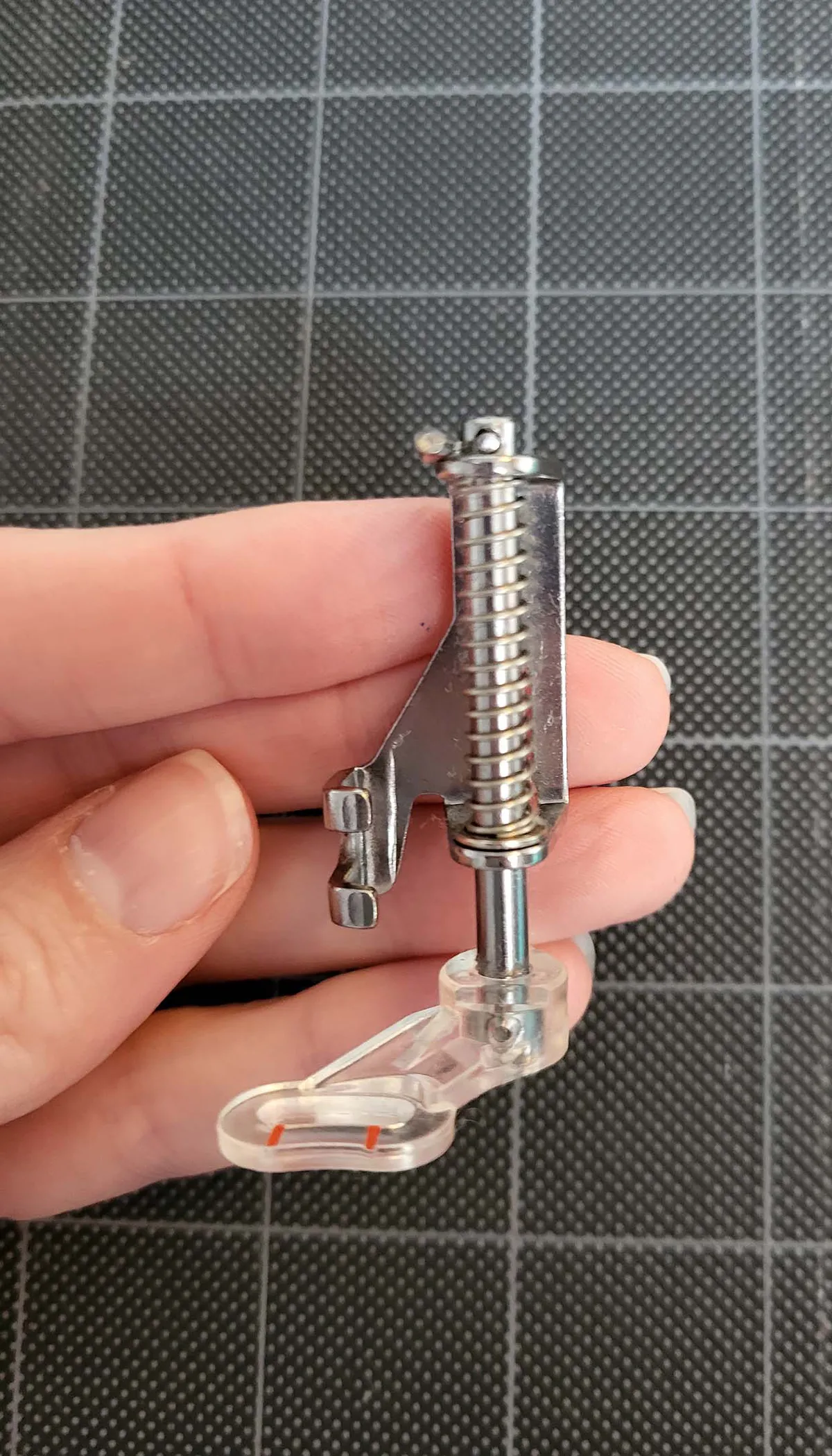






How to fit a free motion quilting foot
Fitting a free motion quilting foot will vary from machine to machine. Most sewing machine manufacturers make free motion quilting feet specifically for their machines, so this is a good place to start.
If buying a third-party foot, the most important thing to find out is whether your machine has a high shank or low shank, as most feet are made for only one type. Check your machine’s instruction manual to find out.
